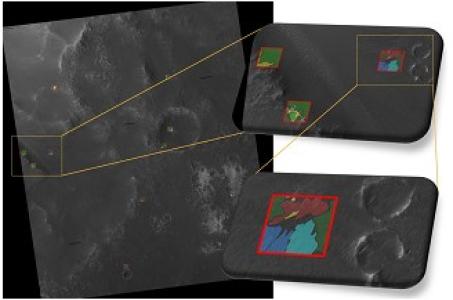NOvelty or Anomaly Hunter (NOAH)

The subject activity aims at developing and demonstrating an on-board decision software that can make possible for a spacecraft to autonomously select, among the science data it collects, which data is worth retaining of transmitting to ground.
Space probes are subject to memory/communication constraints that make them unable to deliver to scientists on Earth all the data that the probe could collect. Presently the approach to reduce data sending are: - limitation of the instrument data generation - compression of data (ideally lossless but often necessarily with loss) - arbitrary selection of the data acquisition time/location - arbitrary pruning due to obsolescence of data in the transmission queue All of the above measures can in principle render the spacecraft unable to detect important scientific phenomena it could be witnessing. Ideally the spacecraft should be capable of acquiring any data at any time and have the ability to sift through this data and find the data that has scientific value (so either a novelty or an anomaly) and hence store/send to ground that particular data with highest priority. The GSP/TRP activity 'Mobile Autonomous Scientist for Terrestrial and Extraterrestrial Research (MASTER)' has proven that it is possible to realise with present-day Artificial Intelligence technology a system that can find scientifically interest images in large set of images, when initially trained by scientists. MASTER has been able to detect scientific interesting images in - an orbital case where it was trained by EO scientist to detect coastal algal blooms in multispectral EO images - a Mars rover application, where it was trained by a geologist to detect outcrops Based on the technology demonstrated in MASTER the activity shall raise the TRL of the MASTER system towards flight applications. In particular the activity shall focus on: - reduction on the percentage of false negatives and false positives (target 90% true positives) - re-coding of the algorithms in a flight language (C/C++), as the initial implementation was in Matlab - coding of computing-critical algorithm parts into VHDL for FPGA implementation - implementation and demonstration on next-generation flight computer (featuring multicore Leon and BRAVE FPGA)
